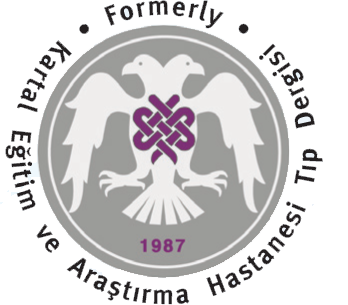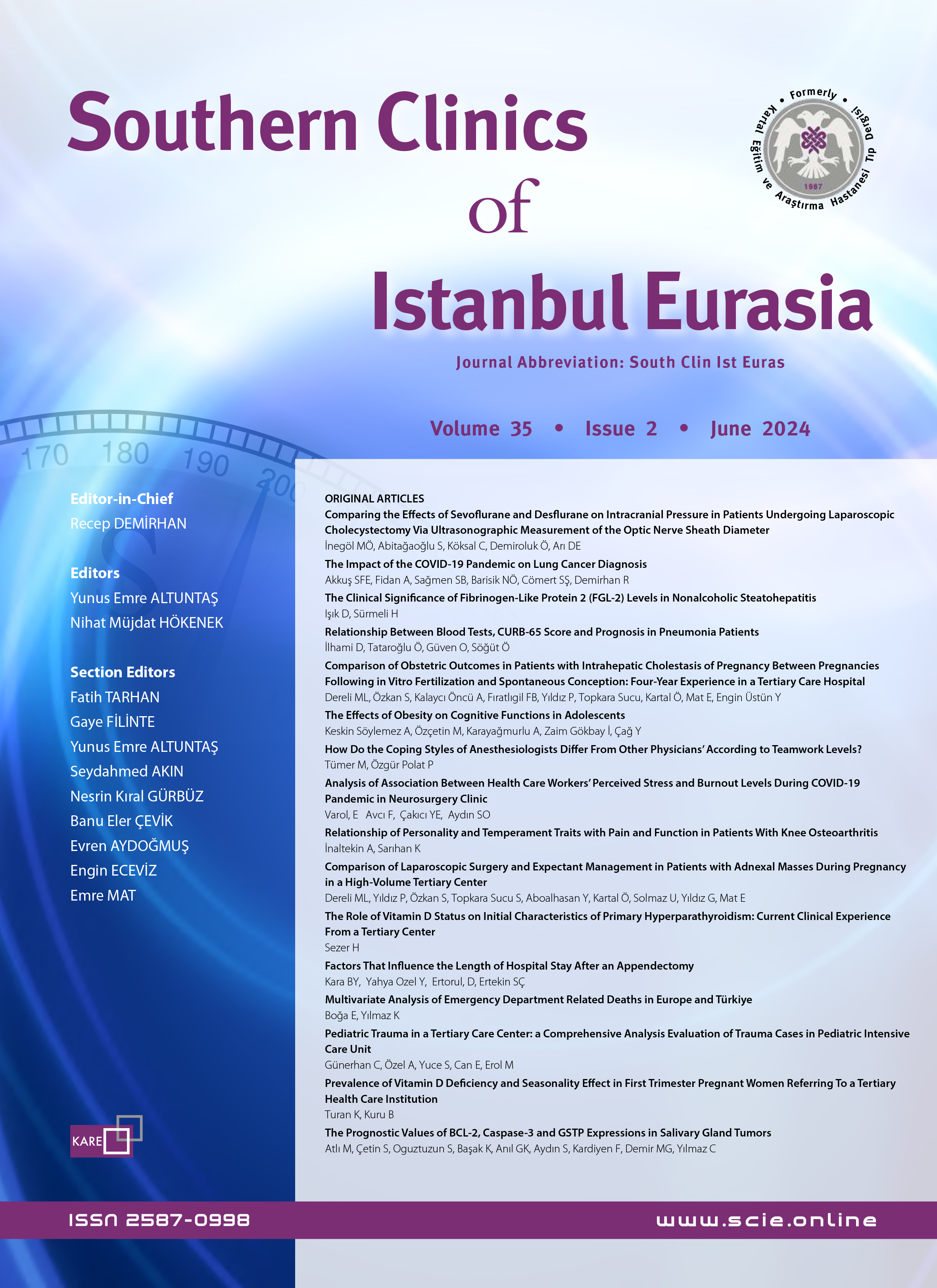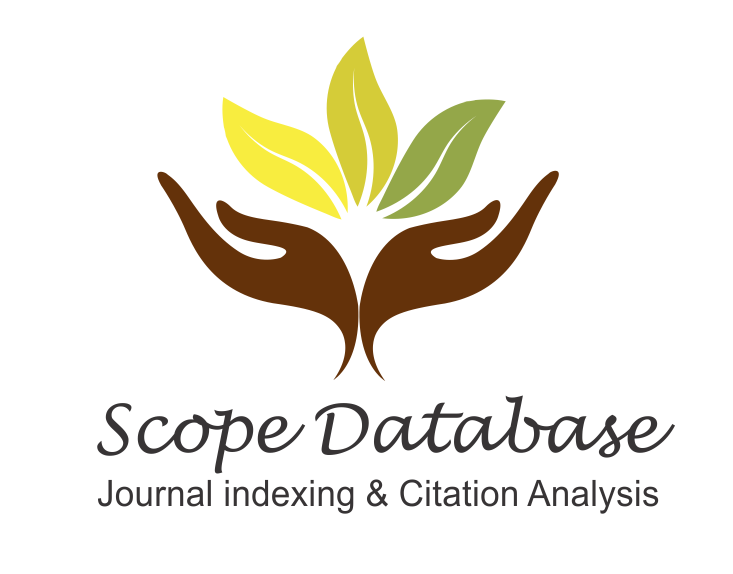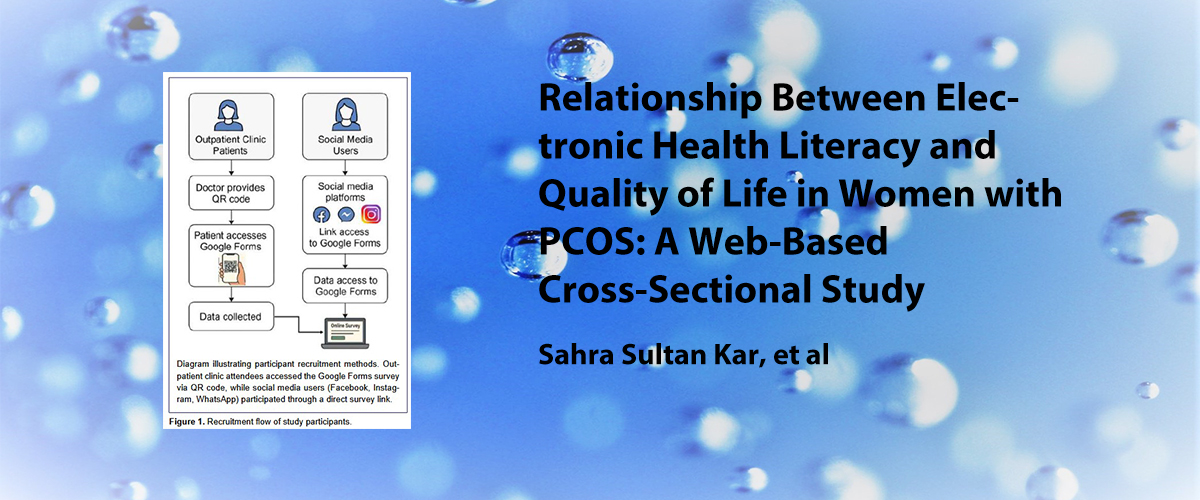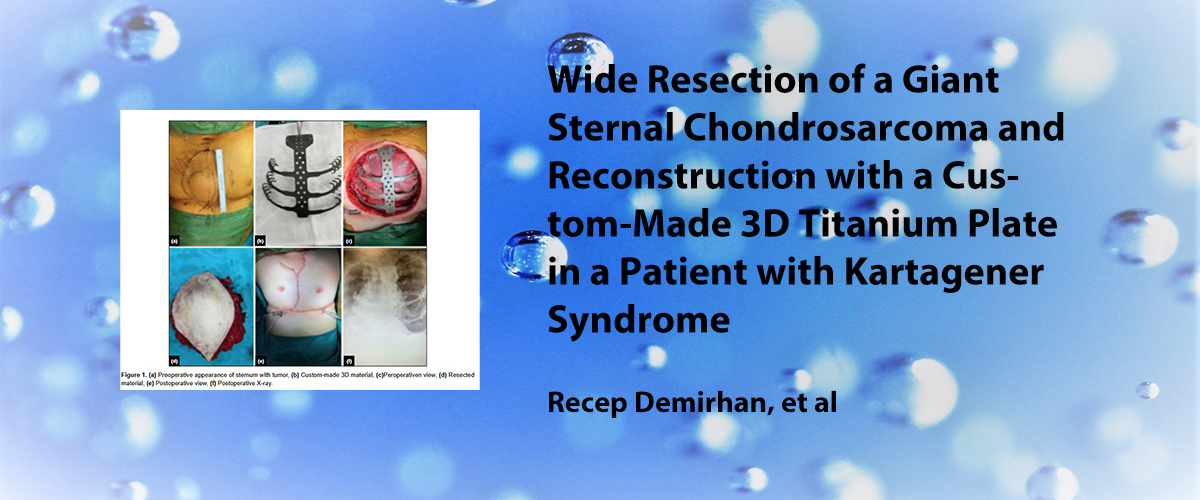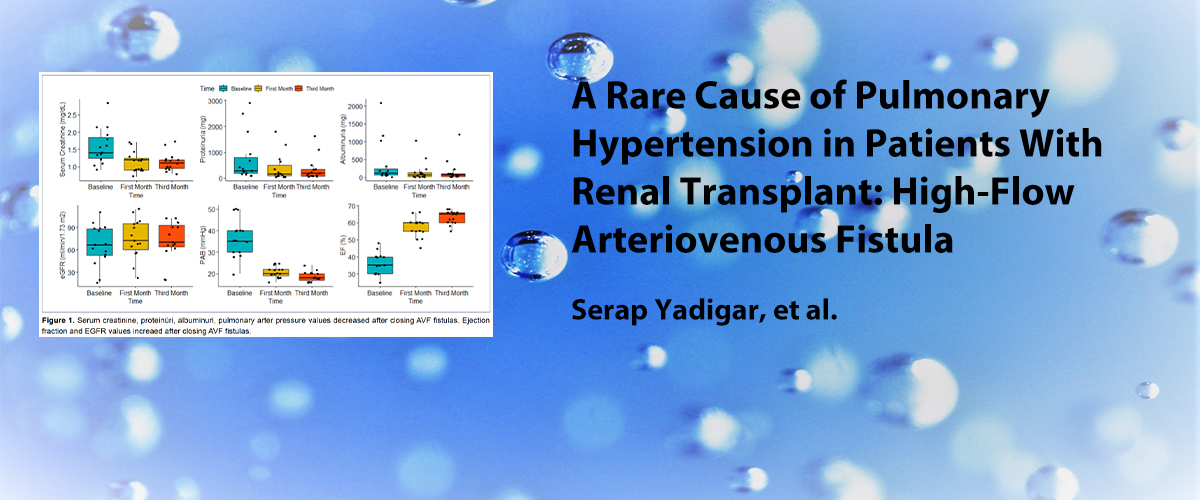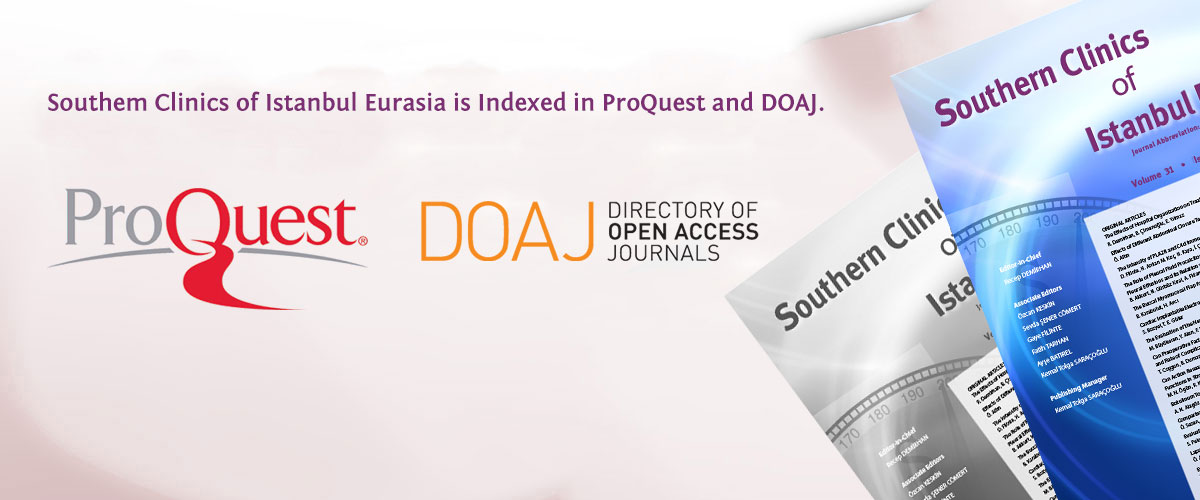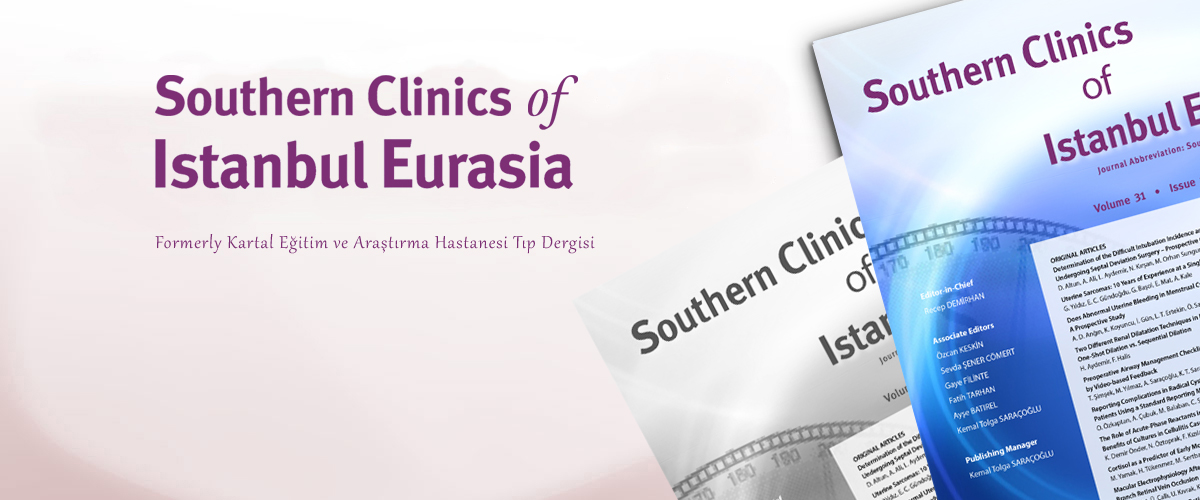ISSN : 2587-0998
Nüks Olgularda Eksternal Dakriyosistorinostomi Ve Endonazal Endoskopik Dakriyosistorinostomi Ameliyatı Sonuçlarının Karşılaştırılması
Burak Özdemir, Titap Yazıcıoğlu, Yusuf ÖzertürkDr. Lütfi Kırdar Kartal Eğitim Ve Araştırma Hastanesi 2. Göz Hastalıkları KliniğiAMAÇ: Geçirilmiş bir dakriyosistorinostomiden sonra hastanın şikayetlerinin devam etmesi hasta için olduğu kadar cerrah için de büyük sorundur. Bu çalışma başarısız eksternal dakriyosistorinostomi geçirmiş nüks dakriyostenozlu olgularda eksternal dakriyosistorinostomi (EKS-DSR) ve endonazal endoskopik dakriyosistorinostomi (END-DSR) sonuçlarının karşılaştırılması amacıyla yapılmıştır. 1999-2003 yılları arasında kliniğimizde opere edilen nüks dakriyostenozlu 17 hastaya (3 erkek, 14 kadın) ait toplam 18 dakriyosistorinostomi çalışmaya dahil edildi. Vakalar, EKS-DSR uygulanan 10 olgu 1. grup ve END-DSR uygulanan 8 olgu 2. grup olarak incelendi. Takiplerde cerrahi başarı hasta şikayetleri kaydedilerek ve nazolakrimal kanal lavajı yapılarak değerlendirildi. Birinci gruptaki 10 (7 kadın, 3 erkek) olgunun 7-40 ay takip sonrasındaki cerrahi başarısı değerlendirildiğinde, 7 olguda (%70) başarılı sonuç elde edildi. İkinci grupta 7 hastaya ait 8 olgu (1 hasta bilateral nüks nedeniyle bilateral endonazal endoskopik ameliyat geçirdi, 1 hastada başarısız 2. EKS-DSR ameliyatından sonra [1. grup] üçüncü operasyon olarak END-DSR ameliyatı yapıldı) 3-12 ay takip edildi. 4 olguda (%50) başarılı cerrahi sonuç elde edildi. Nüks dakriyostenozlu olgularda eksternal yaklaşımın cerrahi başarısı daha yüksek bulunmuştur.
YÖNTEMLER:
BULGULAR:
SONUÇ:
Anahtar Kelimeler: Eksternal dakriyosistorinostomi, endoskopik dakriyosistorinostomi, nüks dakriyostenoz
Comparison Of External Dacryocystorhinostomy And Endonasal Endoscopic Dacryocystorhinostomy In Management Of Unsuccessful Lacrimal Surgery
Burak Özdemir, Titap Yazıcıoğlu, Yusuf ÖzertürkDr. Lütfi Kırdar Kartal Eğitim Ve Araştırma Hastanesi 2. Göz Hastalıkları KliniğiOBJECTIVE: Recurrent epiphora occuring after a dacryocystorhinostomy operation is an unwanted problem. This study was presented to compare the surgical success rates of external dacryocystorhinostomy (EXT-DCR) and endonasal dacryocystorhinostomy (END-DCR) in management of unsuccessful lacrimal surgery. The results of a total of 18 cases in 17 patients (3 males, 14 females) that were operated between 1999-2003 were reviwed in this retrospective study. Patients were analysed as 10 cases in the first group who underwent EXT-DCR as revision surgery and 8 cases in second group who underwent END-DCR operation. The surgical success rates were evaluated with absence of symptoms and results of lacrimal irrigation. In the first group, the success rates of 10 cases (3 males, 7 females) were evaluated after 7-40 months follow-up period. 7 of cases were successful (70%) in this group. In the second group, the success rates of 8 cases in 7 patients (one patient underwent bilateral END-DCR and one patient underwent END-DCR as third operation after a second unsuccessful EXT-DCR [first group]) were evaluated after 3-12 months follow-up period. Five cases were successful (50%) in this group. The EXT-DCR revealed superior outcomes when compared with END-DCR in recurrent dacryostenosis.
METHODS:
RESULTS:
CONCLUSION:
Keywords: External dacryocystorhinostomy, endonasal dacryocystorhinostomy, recurrent epiphora
Makale Dili: Türkçe

